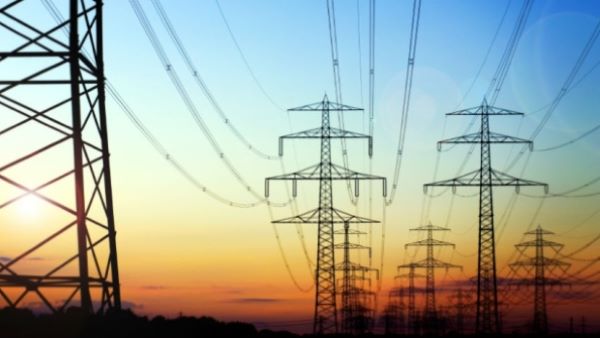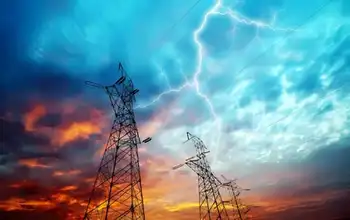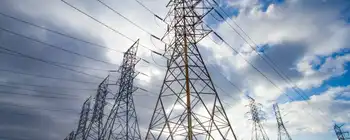Minnesota Signs Deal With Manitoba Hydro
WINNIPEG -- - The Minnesota Public Utilities Commission has unanimously approved a $1.7 billion power export deal with Manitoba Hydro.
It allows Minneapolis-based Xcel Energy to import power from Manitoba Hydro, despite the objections of aboriginal groups.
The 500-megawatt, 10-year deal was given the go-ahead.
It's an extension of an existing deal and will allow power to be exported until 2015.
Approval by Canada's National Energy Board is pending.
The Minnesota decision is a blow to the Pimicikamak Cree Nation of Cross Lake, Manitoba. They had asked the commission to first call a formal hearing into the social and economic impact of historic hydro development on their homeland.
Related News

LNG powered with electricity could be boon for B.C.'s independent power producers
VANCOUVER - B.C. LNG Electrification embeds clean hydro and wind power into low-emission liquefied natural gas, cutting carbon intensity, enabling coal displacement in Asia, and opening grid-scale demand for independent power producers and ITMO-based climate accounting.
Key Points
Powering LNG with clean electricity cuts carbon intensity, displaces coal, and grows demand for B.C.'s clean power.
✅ Electric-drive LNG cuts emissions intensity by up to 80%.
✅ Creates major grid load, boosting B.C. independent power producers.
✅ Enables ITMO crediting when coal displacement is verified.
B.C. has abundant clean power – if only there was a way to ship…




